
Decorated by the shop of Louis Marie François Rihouët, French
Hard-paste porcelain with enamel and gilt decoration
My idea is to tie the history of solitary confinement at Eastern State Penitentiary with the present conditions of the American penal system. The inspiration for my installation came upon seeing a photo of the Dessert Plate, created at the Rihouet Factory in Paris, circa 1838, which was part of a larger collection of souvenir plates that presented contemporary images of Philadelphia tourist attractions. The sight of a prison, a place of suffering and isolation, on a dish designed to serve the sweetest confections seemed wierdly incongruous and startling, even if the original intention was benign and idealistic.
I learned that solitary confinement at ESP, an early 19th century “progressive” experiment, was discontinued in the early 20th century. Since the end of our last century, however, the practice nationwide has grown to unprecedented levels. Today, most U.S. prisons are not only hidden away in remote parts of the country, but hold a large percentage of prisoners in solitary, many secluded in “super maximum security.”
My idea to feature today’s most disreputable prisons on antique-style dessert plates is both metaphorical and confrontational. They are images to be faced with at the end of the meal (just desserts?) for those of us who might prefer to ignore certain horrendous conditions in modern America — a society with the largest prison population of any first world country. By keeping the plates close to the design, material, and painting style of almost two centuries ago, I hope to maintain the original plate’s historical significance and, also, to intrigue the viewer in the same way the image first affected me. By updating the central image of the prison and revising crtain border elements, such as replacing the inner circle of gold leaf with barbed wire, and the decorative floral motif with birds and flowers specific to the home state of the prison (also representing life and growth “on the outside”), I hope to further incite the viewer’s consciousness.









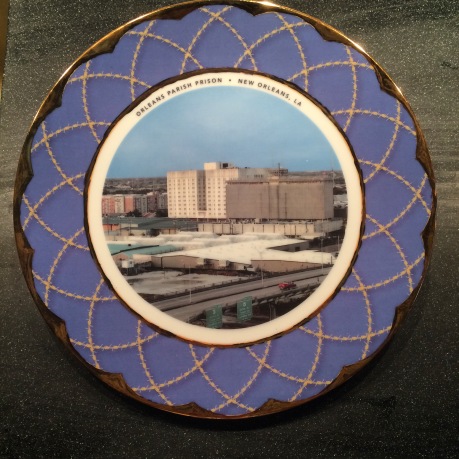



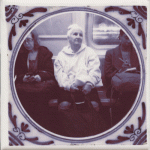
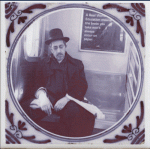
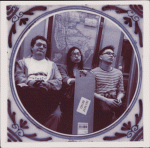







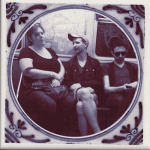





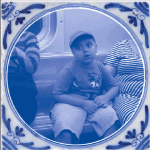
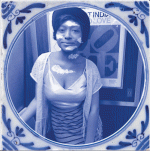
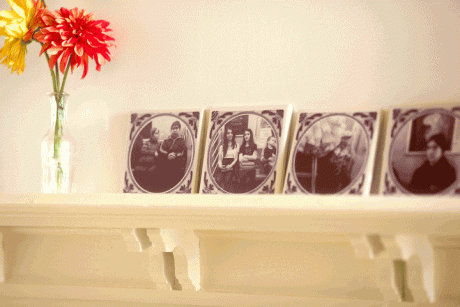




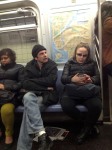


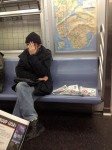









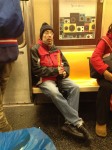
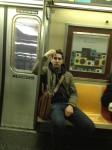

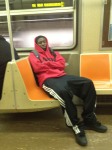









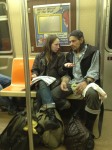





















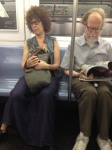


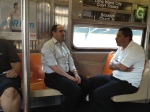

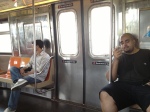

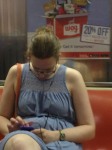
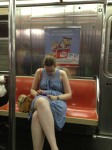
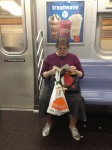


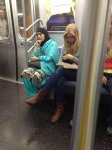
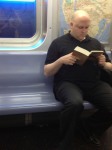

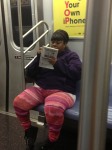



















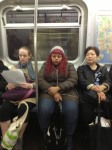







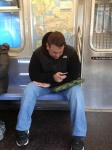
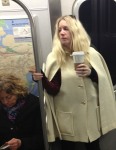




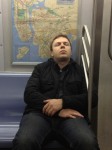



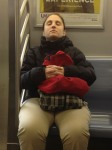

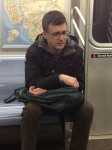















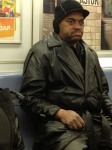


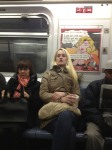



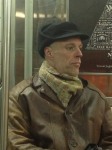
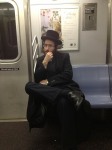
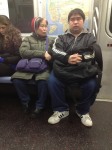










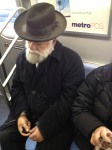

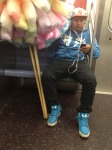
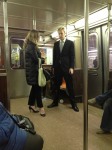



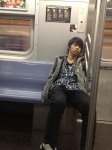


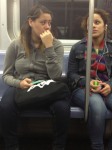



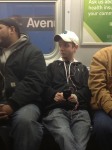

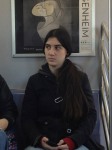


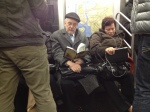




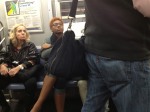

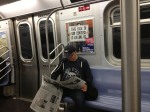







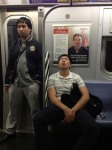


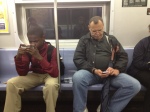



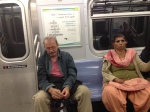




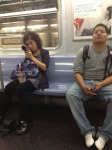






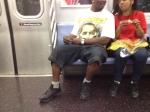
 http://youtu.be/AVBpkex7nsg
http://youtu.be/AVBpkex7nsg